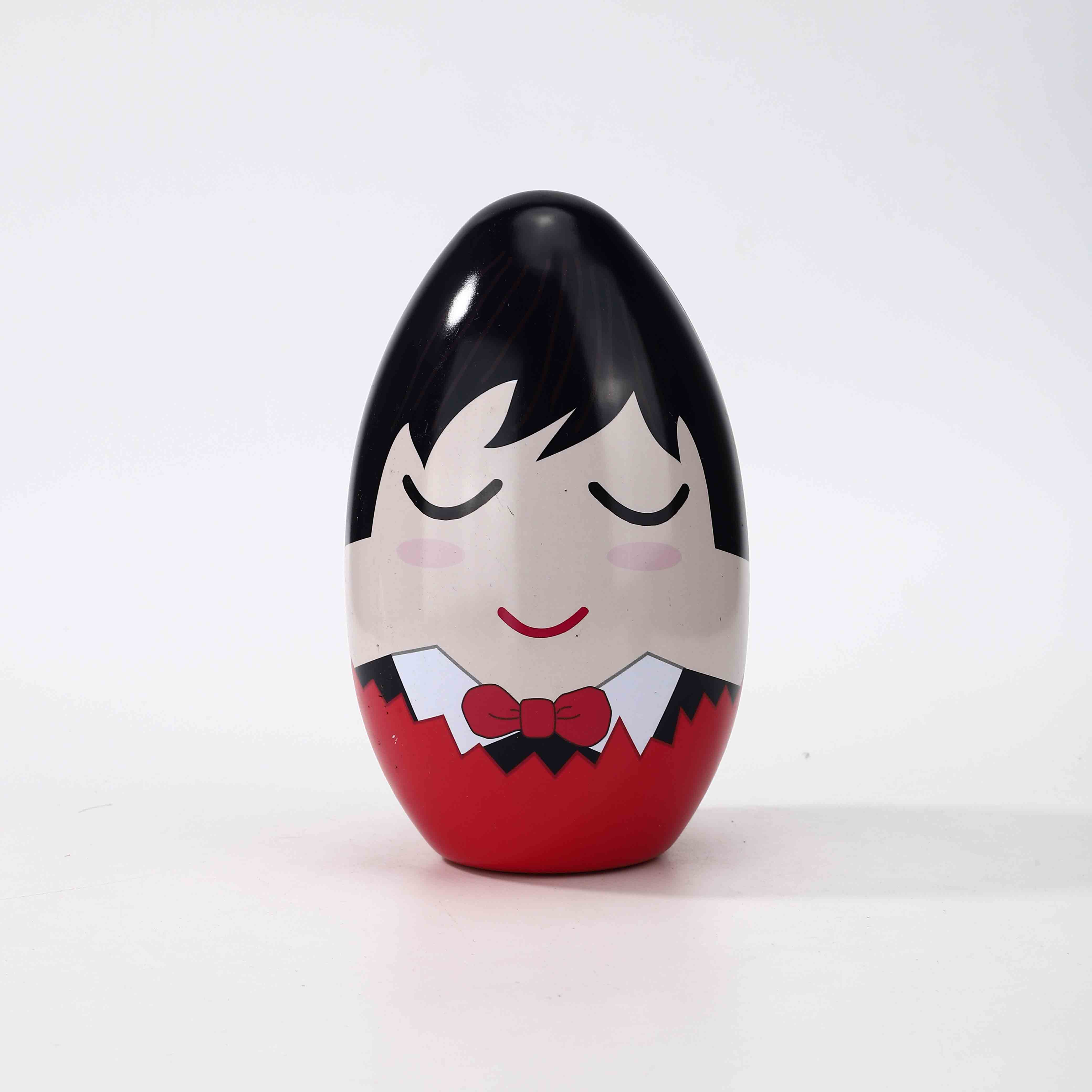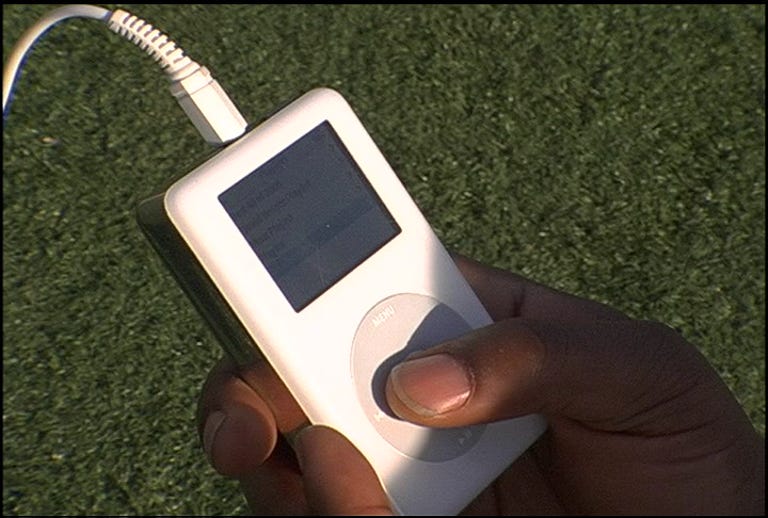Mar . 06, 2024 16:11 Back to list
tins-What types of metal cans are recyclable?
Know what to do when recycling metal cans.
Today is Earth Day, and one small thing you can do to help the planet is to start keeping track of how many cans you go through weekly. From canned food to soda and aerosol cans, all metal cans -- including aluminum and steel -- are infinitely recyclable. According to the American and Iron Steel Institute, more than 90% of the co-products from the steelmaking process are reused or recycled. That's the good news. But if you're not recycling the right way, you risk contaminating an entire batch of recyclable materials.
Since metals are nonrenewable natural resources (they can't be replaced as quickly as they're used), they're limited in supply, which is why it's important to recycle your cans. What's more, metals can be recycled over and over without the material losing quality. It's worth contacting your local recycling center to learn the best procedures for recycling metal cans. Some may ask that you bring the cans directly to the recycling center, rather than placing them in your recycling bin.
Here's how to recycle your metal cans, and what not to do. For more, here's what to know about the Great Pacific Garbage Patch.
What types of metal cans are recyclable?
All metal cans are recyclable, but examples include:
- Beverage cans, like soda and beer, including the tabs
- Paint cans
- Canned goods
- Aerosol cans
Cleaning metal cans
Don't do this: Toss cans into the recycling bin before cleaning. If foods or liquids are left in the cans, they can contaminate an entire batch of recyclables.
Do this instead: Make sure all cans are clear of liquids or foods that could be left in the container. You can do this by rinsing the can when you're finished with it.
Also, ask your local recycling center to see if you need to remove the paper labels from the can or if it's part of their process.
What to do with the lids
Canned goods: Don't remove the lid only halfway before placing it into the recycling bin. Instead, completely remove the lid from the can and place it inside the can (after rinsing, of course).
Aerosol cans: Lids on aerosol cans are typically plastic, so you should remove those before putting the cans into the bin. The plastic lids should go with other plastic recyclables.
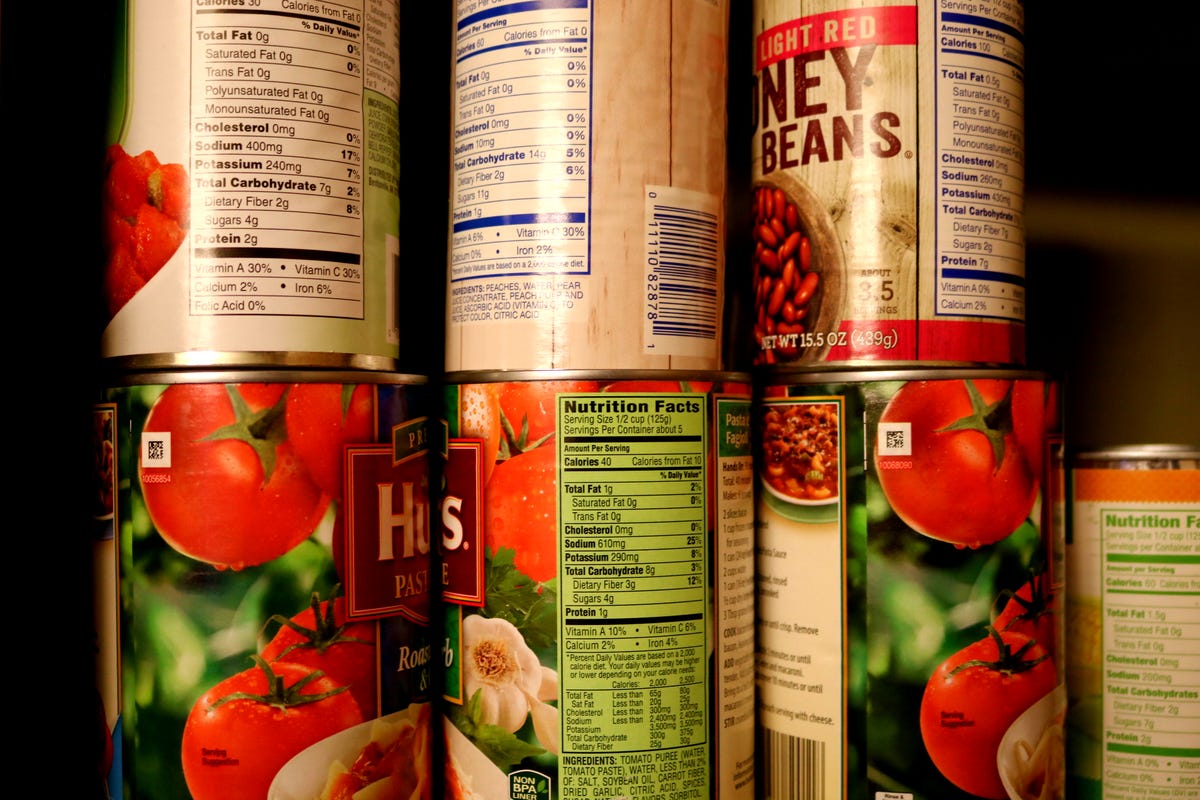
Clean out all cans before recycling.
What else should I do?
- Avoid puncturing aerosol cans to remove the remaining liquid.
- Make sure all paint is either dry or completely rinsed out before recycling. If you have leftover paint or other hazardous waste, take it to a drop-off center near you.
- Don't crush aluminum cans before recycling because they can contaminate the batch.
For more recycling information, here's how to properly recycle plastic and the right way to recycle paper and cardboard.
6 Ways Your Lack of Sleep Is Hurting Your Mental Health
When you don't get quality sleep, your mental health and cognitive function suffer. Let's break it down for National Sleep Awareness Month.
Have you ever fumbled through your day less focused and under a layer of fog after a few nights of poor sleep? That's sleep deprivation. Not only is it hard to get through the day when you don't sleep well, but sleep deprivation can also have significant mental health impacts, from focus to mood.
In honor of Sleep Awareness Month, we'll explore the importance of sleep for mental health and what happens when you don't get enough. For other tips on sleep and wellness, check out why you might want to stop sleeping with your pet and when to replace your mattress.
Why is sleep important for the brain?
Generally, we should all get at least seven hours of sleep each night, but life can get busy, and late nights and early alarms creep in to disrupt sleep. According to the Cleveland Clinic, 70 million Americans struggle with a sleep disorder like insomnia.
This adds up to more than fatigue. The Centers for Disease Control and Prevention found that sleep deprivation makes you 2.5 times more likely to deal with mental distress.
How does sleep affect mental health in such a significant way? It all comes down to what your brain does while you rest. (Hint: it's a lot.) As you snooze, your brain:
- Facilitates communication between nerve cells.
- Removes toxins.
- Processes what you've learned during the day.
Without enough sleep, you lose brain plasticity, which means your brain can't adapt to stimuli as it should. This brings us back to the connection between mental health and sleep. When your brain can't solidify memories or learn new things, you don't feel great mentally.
Six ways sleep deprivation affects mental health
Let's dig into specific ways that the lack of sleep translates into mental health challenges.
1. Mood swings
Prolonged sleep deprivation takes a toll on your ability to regulate your emotions. You might have experienced the following scenario: You slept poorly the night before, and the next day, you feel like you could cry or have an angry outburst at a moment's notice.
Studies show that lack of sleep negatively impacts our moods. It can make you more prone to anger and emotionally reactive in general. Those mood changes don't just make you feel off-kilter as you go about your day. They can also impact your decision-making ability.
A 2017 study found that sleep deprivation makes us more sensitive to stressful stimuli and emotionally aroused. Sleep is integral to our ability to manage our emotions and everyday stressors.
2. Perception of the world
When you aren't getting the sleep you need, interacting with the world feels more difficult, because it is. Go too long without sleep and you can even start hallucinating. Sleepless nights directly impact how you perceive what's going on around you. Being sleep-deprived can change how you interpret situations and as a result, how you respond to them.
Sleep impacts how we see the world, as well. One study showed that getting insufficient sleep can change how we see color.
3. Coping with stress
Sleep and stress have an interesting relationship. Being stressed can make it harder to get high-quality sleep, but a lack of sleep can make you more stressed.
In a recent survey, the American Psychological Association found that 21% of adults reported an uptick in their stress levels when they weren't getting enough sleep. If you're already stressed, the issue compounds. A whopping 45% of people who reported higher stress levels going into the survey said lack of sleep increased their stress even more.
Many respondents reported other stress-inducing adverse effects of bad sleep, including:
- Sluggishness (53%).
- Irritability (38%).
- Trouble concentrating (29%).
- Lack of motivation (25%).
4. Concentration and brain fog
Sleep deprivation makes it harder for your brain to form memories, stay focused and learn new things. That tired feeling that comes with a lack of good sleep often translates to brain fog that can interrupt your day.
In fact, if you've been struggling with concentration, check your sleep habits. Research shows that sleep deprivation can make your reaction times longer and make it harder for you to pay attention.
Lack of sleep is also associated with attention-deficit/hyperactivity disorder. The relationship between ADHD and sleep is pretty complex and bidirectional: People with ADHD may experience disordered sleep, and those who struggle to get quality sleep may experience ADHD symptoms.
5. Hormone disruption
As we mentioned before, sleep doesn't necessarily mean your body and brain power down. In fact, your system uses the time you're asleep to do some critical work. That includes some key hormonal processes.
Specifically, all of these hormones go to work while you sleep:
- Growth hormones.
- Melatonin (controls your sleep-wake cycle).
- Thyroid-stimulating hormone.
- Cortisol (a stress hormone).
- The hormones that affect your appetite.
Since your hormones control a wide range of things in your body — many of which directly impact how you feel — this matters for both your mental and physical wellness.
The flip side of this is also true. A hormone imbalance can cause sleep issues, a problem that's particularly common in women going through menopause. If you've been dealing with persistent insomnia, talk to your doctor. In some cases, correcting a hormonal imbalance unlocks consistent, high-quality sleep.
6. Contribute to and amplify mental illness
There's a clear connection between the lack of sleep and mental health, but if you already have a mental illness -- or even dealing with some of the symptoms of one -- sleep becomes extra important.
Why? Let's look at the cyclical relationship between sleep and a few specific mental illnesses:
- Anxiety: You can't get rid of anxiety by sleeping enough, but rest certainly matters. Sleeplessness can trigger anxiety symptoms. In turn, anxiety can make it harder to fall asleep.
- Depression: Sleep disturbances are a hallmark symptom of major depressive disorder, while insomnia can heighten your risk for depression.
- Seasonal affective disorder: SAD makes most people experience depressive symptoms in the winter (although some experience it during other seasons). When medical professionals diagnose a person with SAD, they check for sleep problems because they're a primary symptom.
- Bipolar disorder: This condition can wreak havoc on your sleep cycles, whether you have a manic or depressive episode. That's particularly bad because sleep disturbances can make your symptoms worse.
- Borderline personality disorder: Working on your sleep becomes extra important when you have BPD, because this condition makes you more likely to have sleep problems, but sleep deprivation also worsens your symptoms.
If you're dealing with persistent sleep problems paired with the symptoms of a mental health condition, talk to a professional.
Act Quickly to Get Up to 27% Off on Ecobee Smart Home Devices
Upgrading your home to make it a bit smarter can be expensive, which is why this sale on Ecobee devices is the perfect change to grab something at a better price.
You might be more familiar with Ecobee as the company that makes smart thermostats and mesh routers, but it actually does a lot more than just that. Ecobee offers a wide range of great home accessories you can grab, and it offers a solid ecosystem if you integrate them together. So if you already have an Ecobee device, it's worth checking out this sale on them.
Amazon is offering some of Ecobee's most popular products at prices you won't want to miss out on. You can currently Ecobee smart home devices, and you can do it without using any of those annoying discount codes or coupons. However, these prices are unlikely to hang around for long, which means you'll want to act now to lock them in before they're gone.
We're seeing one of the biggest discounts on the Ecobee Smart Sensor for Doors and Windows, a product that comes in a two-pack for right now. That's $20 off its usual price of $80. These sensors can alert you via your phone whenever they are opened while they also make it easier to check whether you've left a window or door open -- perfect for those times when you've just gotten into bed and can't remember.
Anyone looking to kit out their entire home might want to take a look at the Ecobee Total Security and Savings bundle, because it comes with everything you could possibly need. It includes a smart doorbell camera, multiple door and window sensors and a smart thermostat -- all in a bundle that could be yours for $420, a price that .
Smart thermostats are great for making sure you set the right temperature to save money. Ecobee's Enhanced model, which claims to help households save up to 26% on their heating and cooling spend, now (or $20 off) as part of this round of deals.
Not sure if these deals are for you? Not to worry -- we have a ton of smart home deals just waiting for your perusal, and we're sure there's something in there for everyone.
Save 50% on KitchenAid's Hand Blender Today, Make Fluffier Mashed Potatoes Tomorrow
We tested nine hand blenders. Our favorite cordless model is currently half off, down to just $50.
There is something to be said for choosing a cordless hand blender such as KitchenAid's excellent model.
Soup season may be coming to a close, but immersion blenders are never out of season. The handy handheld devices are perfect for pureeing a pesto sauce or making homemade condiments in seconds. You can also whip up dessert toppings or make mashed potatoes that are smoother than elevator jazz.
Right now, you can add our favorite cordless stick blender, the to your kitchen collection for just $50 while it's on sale on Amazon. That's a full 50% off the list price and $30 off the average price.
In our exhaustive testing of nine immersion blenders, the KitchenAid cordless model pulverized everything we stuck it in. It's also feather-light (just 2 pounds) and easy to maneuver. The only downside of a cordless blender is that you'll need to remember to charge it between uses. KitchenAid's stick blender is available in a few colors, but only in matte black at this discounted price.
For a full look at the immersion blender category, check out this list of best stick blenders for 2024, including a budget buy and a splurge pick that's worth every penny.
Here's What Causes Dust to Accumulate so Fast and How You Can Slow It Down
This handy guide will buy you more time between dustings.
Dust builds up fast in certain rooms but there are ways to slow it down.
Dust is everywhere and that dirty film seems to reappear mere hours after vacuuming or dusting it away. There's no way to eliminate it completely but there are ways to stop dust from accumulating so fast and reduce the total amount of dust in high-traffic areas. There are the obvious tactics such as removing shoes and keeping windows closed, but there are other factors that contribute to dust including high humidity and unbrushed pets.
Read more: How to Speed-Clean Your Kitchen in 15 Minutes or Less
Below you'll find some quick tips for reducing dust in the home. For more spring cleaning tips, check out these 14 cleaning tools that'll make you excited to wash up and peruse the best air purifiers for 2024.
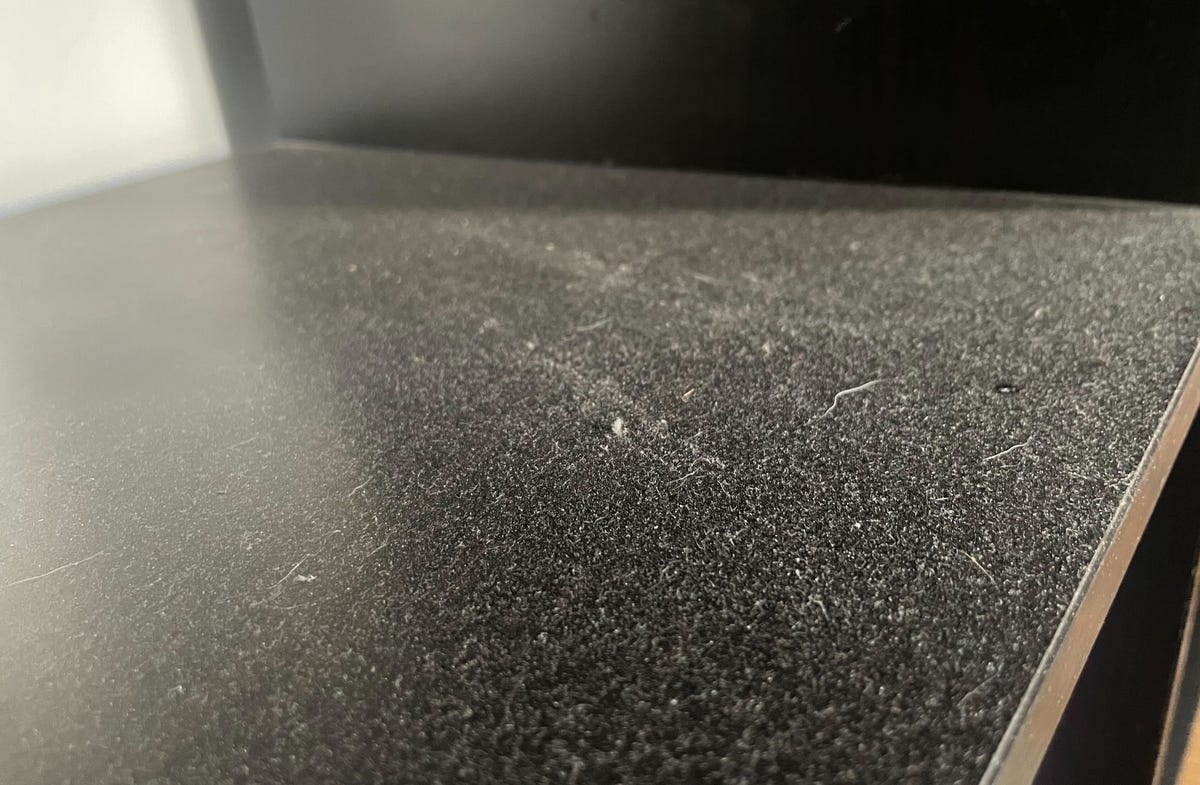
Dust is made up of hair, dead skin, dirt and bugs.
What creates dust in the home?
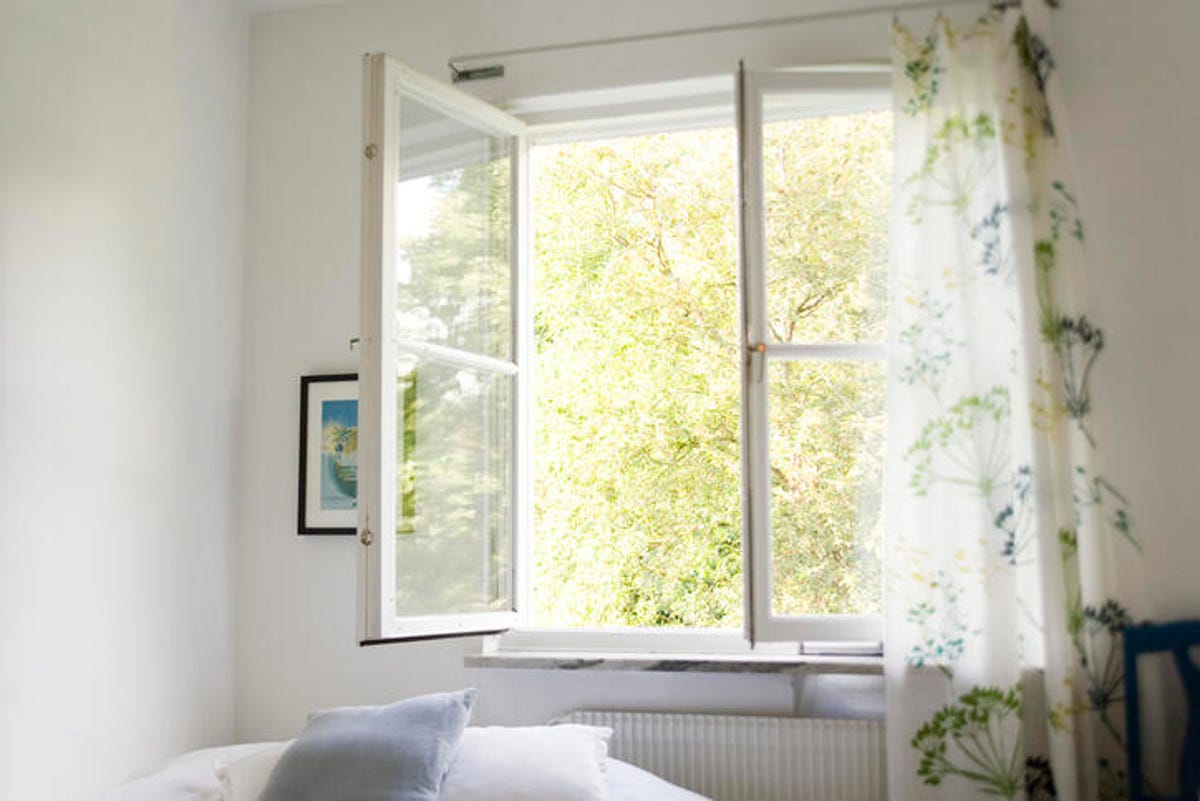
An open window will fill your home with dust in a hurry.
High-traffic homes and those with pets and children are likely to accumulate more general dirt, and that includes filth and grime in microscopic form, aka dust.
If you live in a rural setting, you're also more likely to track dirt into the house from outside. But urban dwellers aren't safe from dustbowls, either. If you live on a busy city street with loads of foot or car traffic, dirt and dust become agitated and airborne, and some of it will inevitably find its way inside.

Pets are undeniably the best but they're also a big source of dust.
Leaving doors and windows open allows dirt, hair bugs and other small particles to get into the house, even through a screen. There's a reason why blinds and window sills are some of the dustiest spots in the house.
High humidity also causes increased dust build-up since it serves as a fertile environment for dust mites and other tiny creatures -- future dust -- to thrive. And if you live near buildings or factories that produce smoke or reside in regions prone to wildfires, you can expect unusually high levels of dust.
How to reduce dust
1. Lose the shoes
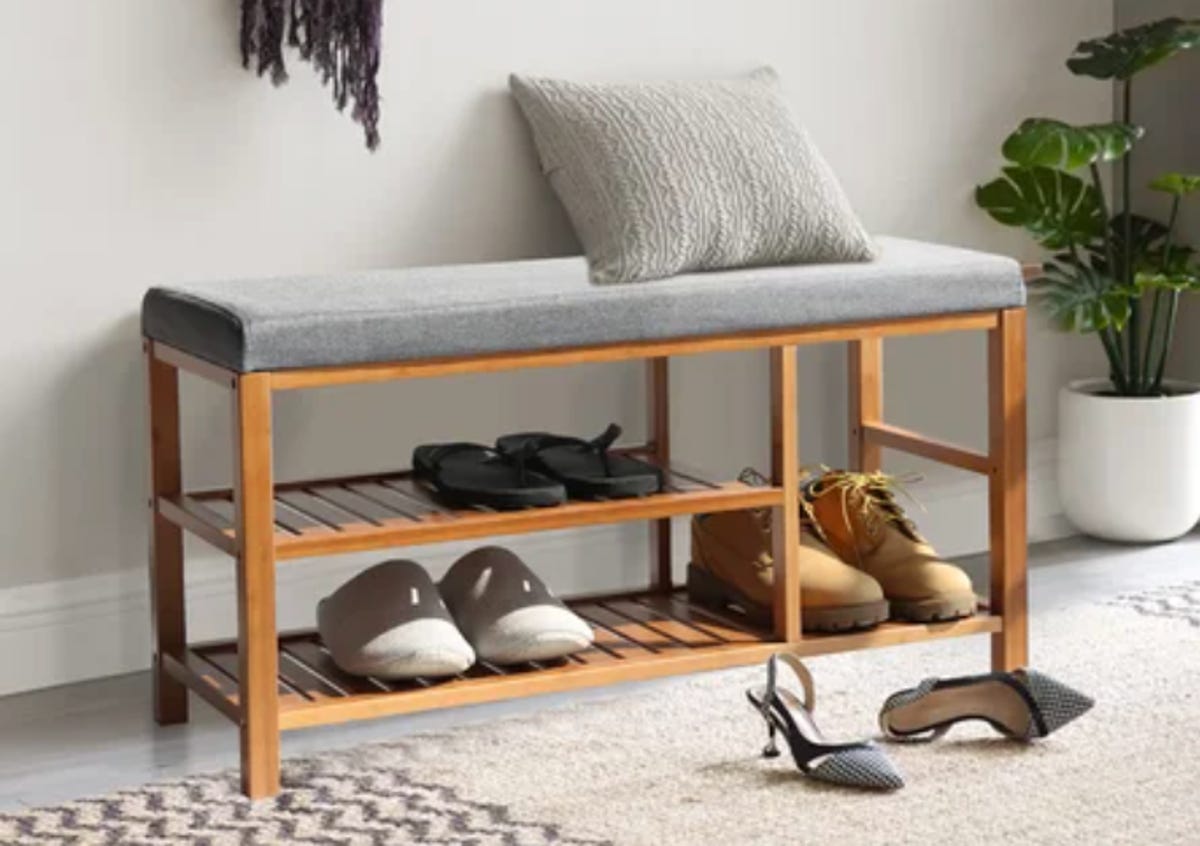
Find somewhere to store your dirty shoes, preferably in a mud room or outside the front door.
Shoes are typically the biggest catalysts for dragging dust into the house. Try to take them off before stepping in and leave them in the mudroom if you have one. If you leave them inside by the door, that dirt has still breached your home and some of it will eventually find its way to all your nooks and crannies.
2. Brush pets regularly and clean paws before entering
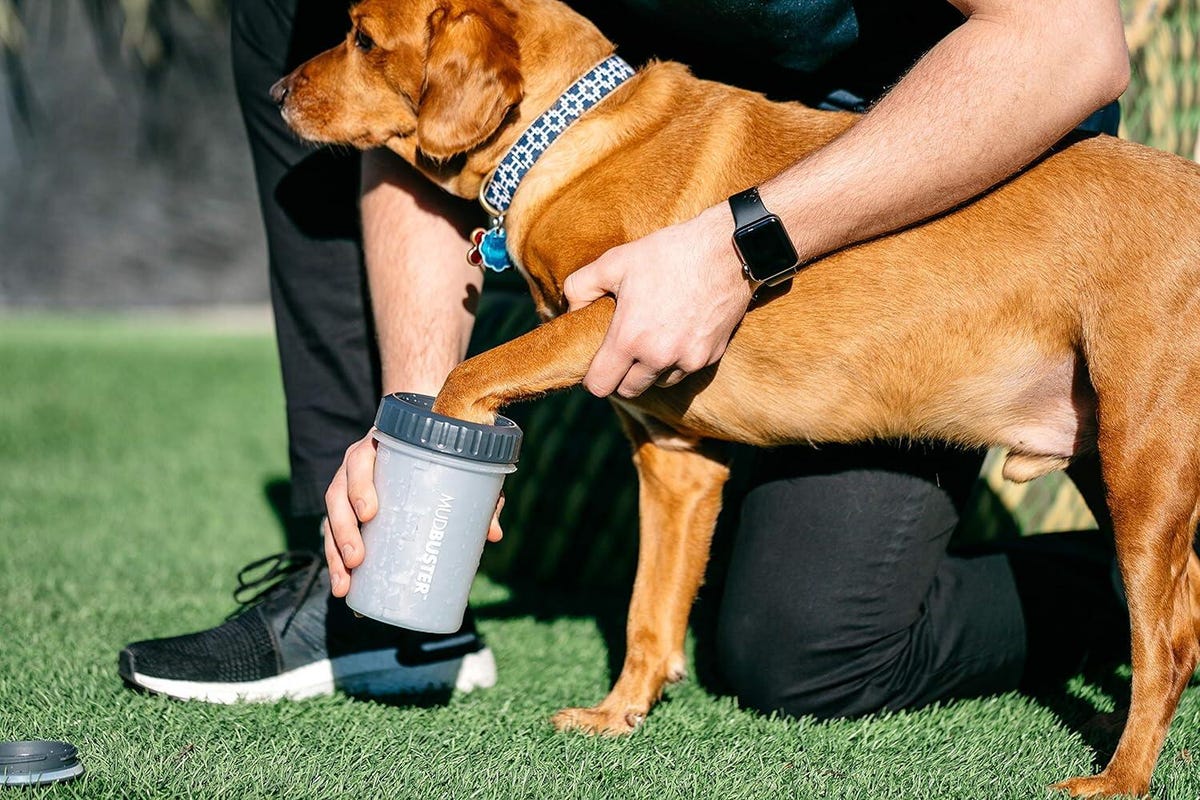
The genius MudBuster is made to clean your pet's paws before entering the house.
Cats and dogs both shed and track in dirt from the outdoors. Brushing them regularly will keep fur from spreading throughout the house.
Cleaning your pet's paws before coming into the house will also help stop the spread of dirt and dust. are effective but cause waste. This is a simple but effective answer to dirty paws and won't add anything to your weekly garbage output. These devices are mostly meant for dogs. If you do attempt to use one on a cat, we only ask that you record it and send us the footage.
3. Add a HEPA air purifier
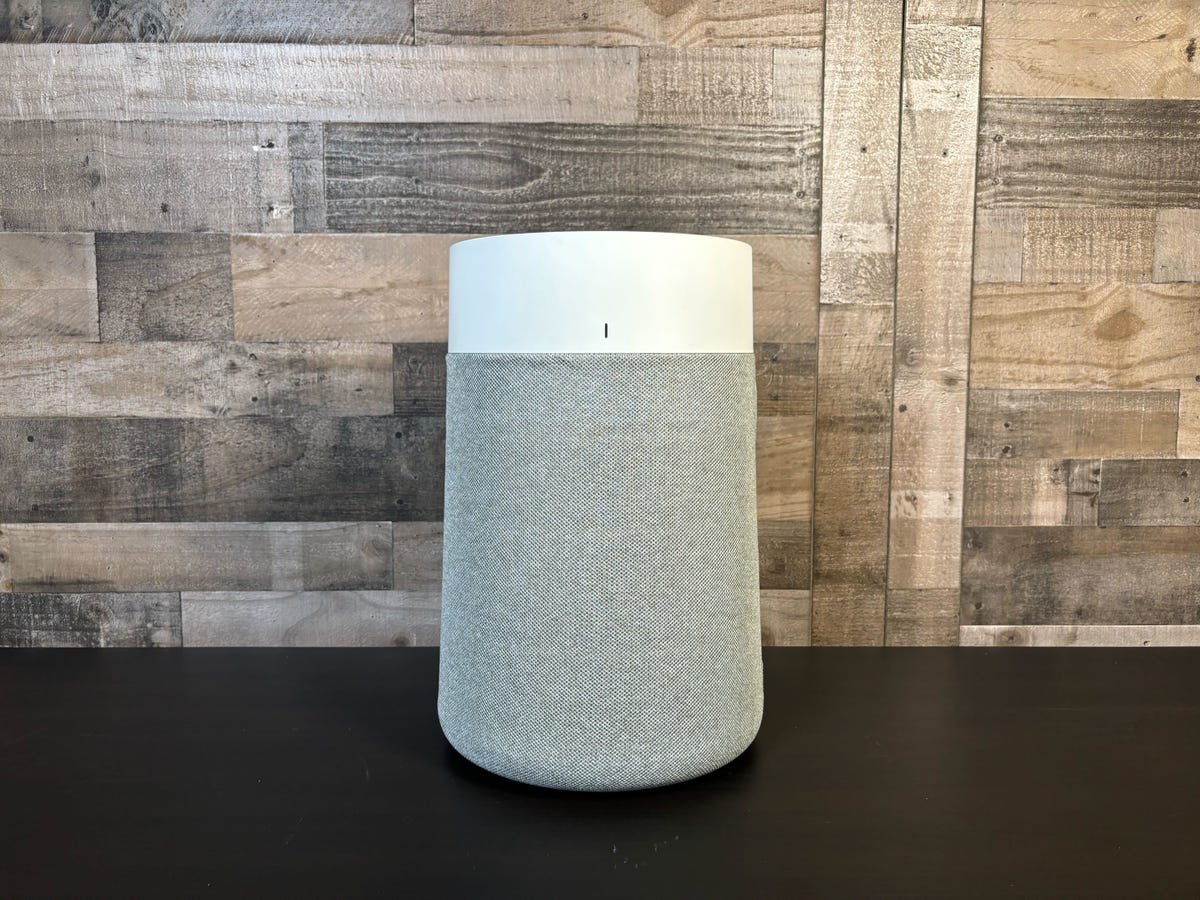
BlueAir Blue Pure 311i Max was the best air purifier for removing solid particles from the air.
HEPA air purifiers don't just filter out germs and bacteria, they remove dust particles from the air and reduce the amount of it that accumulates in the home. Set one up in the higher traffic rooms and be sure to change the filter regularly.
CNET tested more than 15 air purifiers in our lab in Kentucky. Of the models we put through the wringer, the removed the most particles from a smoke bomb we set off in a controlled chamber. It's also energy-efficient and compact, making it an easy pick for the best air purifier in 2024.
4. Ditch the duster and use a microfiber cloth instead
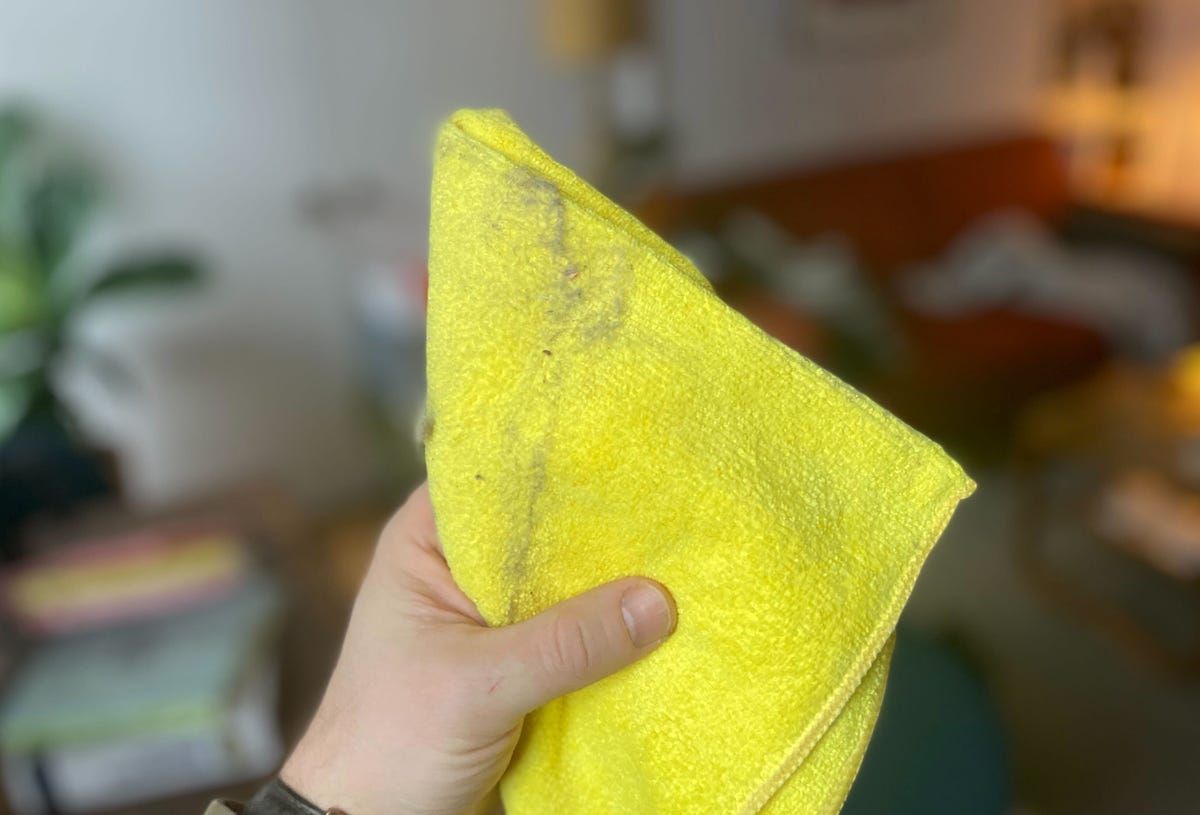
Microfiber holds dirt far better than a feather duster.
Feather dusters may be fun to use and work temporarily, but they often just move dust around and send it flying only to settle again on a shelf or under a door.
Instead of a duster, use microfiber cloths to wipe dust. Microfiber is better at grabbing dirt and dust than your typical duster or a common rag -- and they're cheap. You can snag . Once enough dust builds up, you can take it to the sink, rinse it, wring it out and get back to wiping.
Also, when wiping away dust, start with higher points and work your way down. Dust will inevitably fall during cleaning; if you finish with the floor, you'll get more of the overall dust.
5. Use a HEPA filter vacuum and empty it regularly
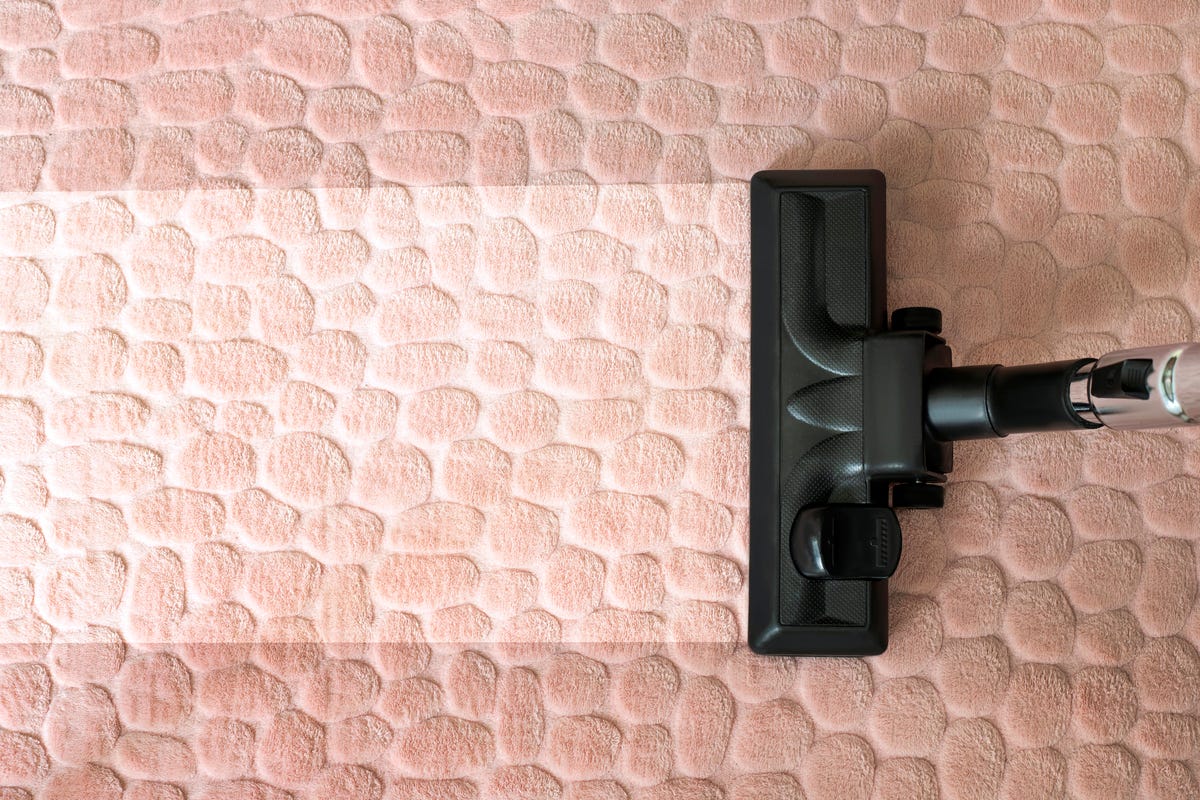
Vacuuming is key but equally important is emptying the dust bin regularly.
Using a vacuum with a HEPA filter won't prevent dust from accumulating, but it will remove more of it when you do clean. Pick a model with a dust-buster attachment so you can clean all those nooks and crannies as well as the floor.
Just as important as vacuuming is emptying the vacuum dust bin regularly. Vacuums mostly remove dirt but a full dust bin can release it from the machine's cracks and crevices, too. Try to empty the bin outside since dust and dirt are bound to go flying the second you open the compartment.
-
Durable Large Metal Boxes | Top Manufacturers & Suppliers
NewsAug.09,2025
-
Custom Large Metal Box Manufacturers: Durable & Reliable Solutions
NewsAug.08,2025
-
Large Metal Box Manufacturers - Custom & Durable Solutions
NewsAug.07,2025
-
Durable Large Metal Box Manufacturers | Custom Solutions
NewsAug.06,2025
-
Large Metal Box Manufacturers | AI-Powered Solutions
NewsAug.05,2025
-
Leading Large Metal Box Manufacturers | Custom Solutions
NewsAug.04,2025





















